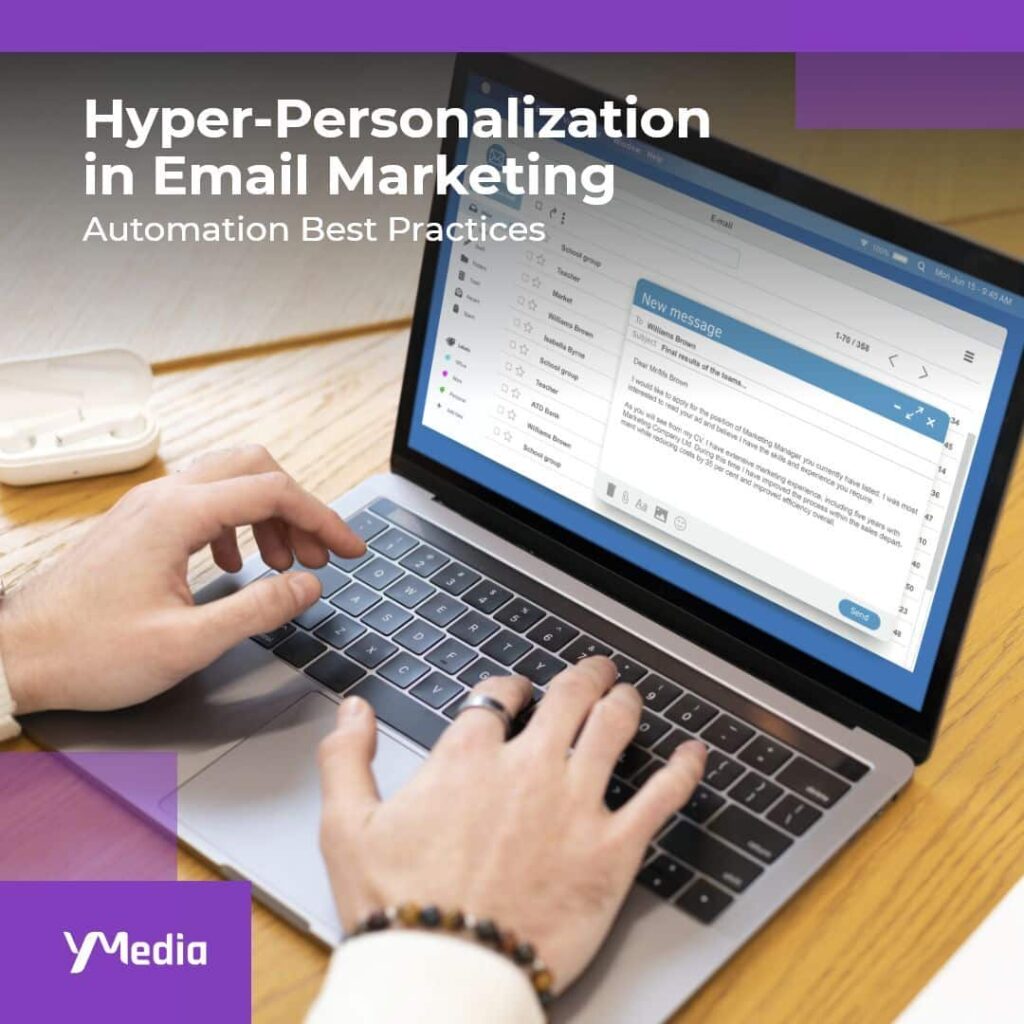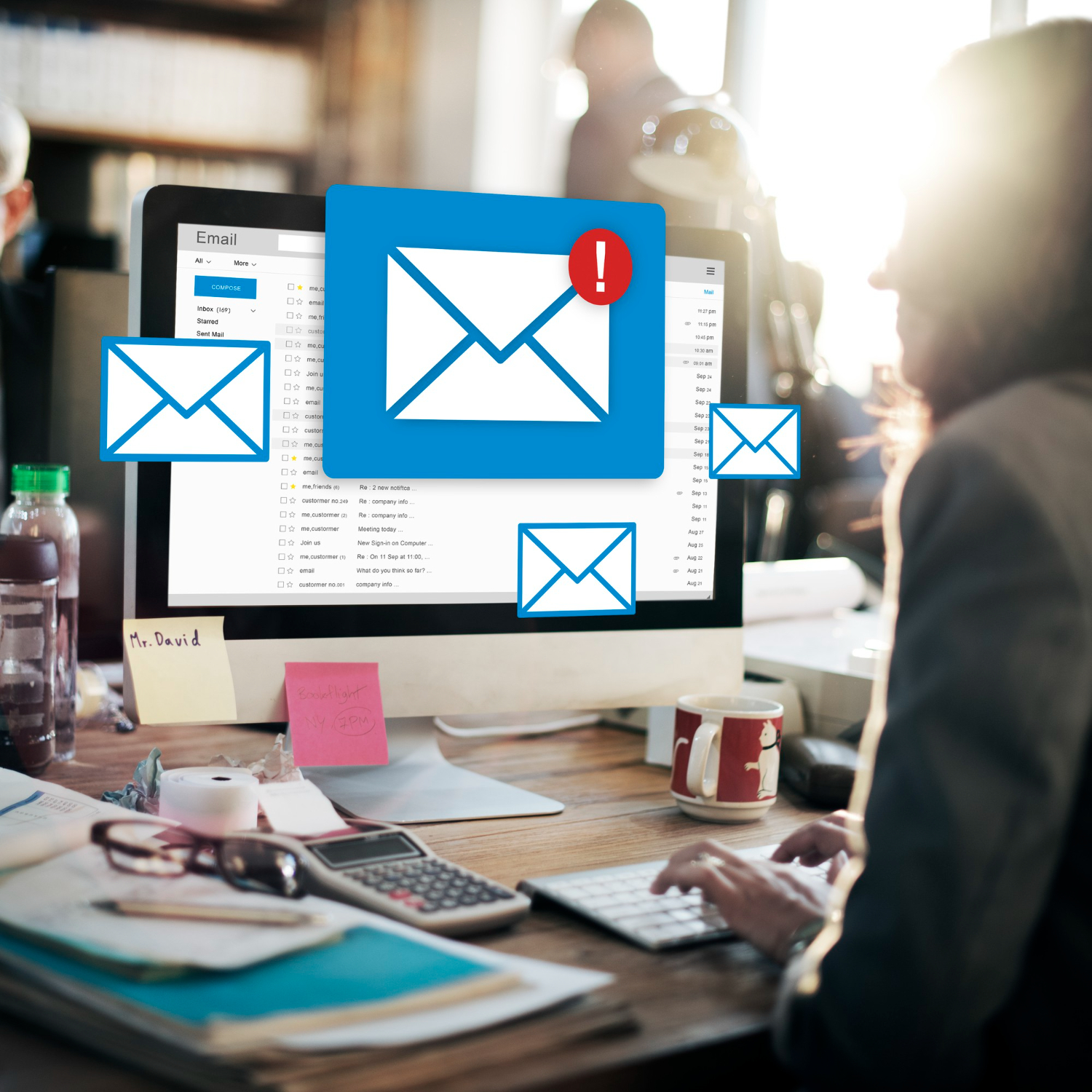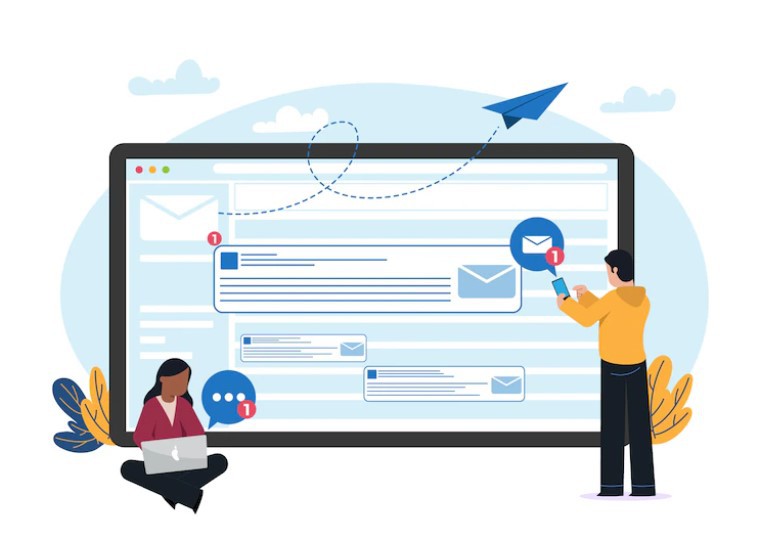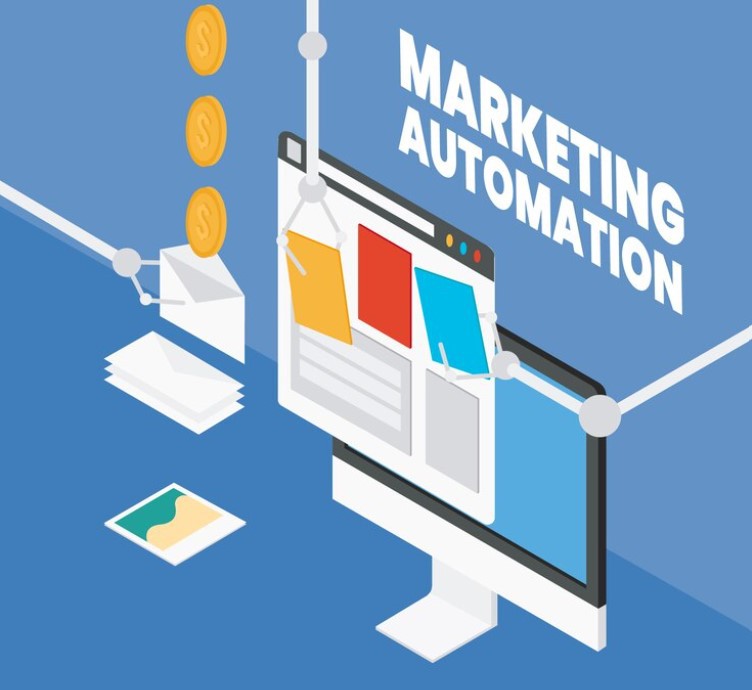Hyper Personalized Email Marketing: Automation Best Practices

Email marketing serves as a valuable tool in promoting your products, informing customers about new offerings, and providing exclusive discounts or services. It helps in educating your audience about the value your brand brings and keeps them engaged even when they are not making immediate purchases. Thus, email marketing acts as a dynamic channel to cultivate and sustain customer relationships. However, there are concerns that with the rise of social media, email marketing is dead. However, that’s not true. The math doesn’t lie: for every $1 you spend on email marketing, the average expected ROI is $40. It’s true that some email marketing practices are not relevant anymore.
For example, sending generic one-size-fits-all emails is no longer enough to capture the attention of today’s savvy consumers. But there lies a solution in hyper personalized email marketing. Hyper personalized email marketing involves tailoring content to individual recipients at a granular level, considering their preferences, behavior, and demographics. The goal is to enhance engagement and satisfaction by delivering content that aligns precisely with each recipient’s unique characteristics and preferences.
In this blog, let’s explore the best practices for hyper personalized email marketing.
Best Practices for Hyper Personalized Email Marketing
Let’s learn how to personalize emails for effective marketing. Below, are some of the best practices for personalized email marketing:
Segment your Audience

Source | Segmenting audience
Start segmenting your email list by dividing your customers into groups based on their demographics, behavior, and preferences. This allows you to send content that is relevant to each segment.
Here is how you can start segmenting your audience for crafting a personalized email marketing strategy:
- Divide your subscribers based on their purchase history. You can create segments for loyal customers, first-time buyers, and dormant customers. Loyal customers can be given exclusive offers or rewards, while first-time buyers can be given a welcome series of messages. Dormant customers can be re-engaged with win-back campaigns.
- Gather data on your subscribers’ interests and preferences. You can use surveys or preference centers to collect this information.
- Divide your audience based on their engagement with your emails. Subscribers who consistently open and click through your emails may receive different content than those who rarely engage.
- Divide subscribers based on where they are in the customer lifecycle. This could include new leads, prospects, first-time customers, repeat customers, and long-term loyal customers.
Use Dynamic Content
Dynamic content in email marketing refers to personalized and adaptive elements within emails that change based on recipient characteristics or behavior. It enables marketers to create more targeted and relevant campaigns by dynamically displaying content such as product recommendations, offers, or messaging tailored to each recipient, enhancing engagement and effectiveness.
Here’s more information on how to effectively use dynamic content in your email marketing campaigns:
- Dynamic content allows you to customize various email elements, including text, images, offers, and calls to action.
- If your business has physical locations or offers location-specific services, use dynamic content to tailor offers and information based on the recipient’s location.
- If you’re an e-commerce business, use dynamic content to recommend products based on the recipient’s browsing history, past purchases, or preferences.
- Ensure that your data is accurate and up to date. Dynamic content relies on the accuracy of your information about your recipients. Regularly clear and update your email list to maintain data integrity.
- After sending dynamic content emails, monitor their performance closely. You should track open rates, click-through rates, and conversion rates for each segment. Use this data to refine your dynamic content strategy and optimize your email campaigns.
Leverage Behavioral Triggers

Source |Leveraging behavioral triggers for hyper personalized email marketing
Behavioral triggers are actions or events that prompt the automated sending of an email. These triggers can encompass actions taken by subscribers, including website visits, email opens, clicks, form submissions, purchases, cart abandonments, and more.
Simply put, behavioral triggering automates targeted email delivery based on subscribers’ specific actions or behaviors.
Here’s how you can effectively use behavioral triggers in your email marketing campaigns:
- Before implementing behavioral triggers, establish clear goals for your email campaigns. Determine what specific actions or outcomes you want to achieve with each email.
- Identify the key trigger points in your subscriber’s journey. These include welcome emails for new subscribers, order confirmation emails, post-purchase follow-ups, or re-engagement emails for inactive subscribers.
- Tailor the content of your triggered emails to align with the trigger point and the desired outcome. For example, if a subscriber signs up for your newsletter, the triggered welcome email might include a special discount or exclusive content to encourage continued engagement.
- Leverage an email marketing automation platform to set up the triggers and automate the email-sending process. Automation ensures that emails are sent in real-time. This saves you time and guarantees a rapid response to subscriber actions.
- Send re-engagement emails for subscribers who have become less engaged or haven’t interacted with your emails in a while. These emails can offer incentives, updates, or exclusive content to win back the subscriber’s interest.
Personalize Subject Lines

Source | Personalized subject lines as a part of hyper personalized email marketing
Craft subject lines that capture the recipient’s attention by using their name, mentioning their recent activity, or offering them some incentives or benefits. A personalized subject line can significantly increase email open rates.
Here’s how you can effectively personalize subject lines in your email marketing campaigns:
- Address the recipient by their first name in the subject line. You can also reference the recipient’s recent interactions with your brand in the subject line.
- Consider incorporating localization in the subject line if your business operates in multiple locations. Mentioning the recipient’s city or region can make the email more relevant.
- Personal pronouns like “you” and “your” make the subject line more conversational and engaging.
- Pose a question in the subject line that piques the recipient’s curiosity or relates to their interests.
Automate Drip Campaigns

Source | Using drip campaigns as a part of personalized email campaigns
Drip campaigns involve sending automated, pre-scheduled emails to subscribers over a specified period. They are highly effective for nurturing leads, onboarding new subscribers, re-engaging inactive customers, and delivering targeted content over time.
Here’s how you can effectively automate drip campaigns:
- Before setting up a drip campaign, clearly define your goals. Decide what outcomes you want to achieve with the campaign. Common goals include lead nurturing, product education, customer onboarding, and re-engagement.
- Divide your email list based on relevant criteria such as the subscriber’s interests, behavior, and where they are in the customer journey.
- Map out the sequence of emails in your drip campaign. Each email should have a specific purpose and be built upon the previous one.
- Craft the content for each email in the series. Content should be highly relevant to the recipient’s needs and interests.
- Leverage an email marketing automation platform to set up and manage your drip campaign.
- Each email in the drip campaign should have a clear and compelling call to action (CTA). Whether it’s encouraging a purchase, a sign-up, or a download, the CTA should align with the campaign’s goal.
- Track the performance of your drip campaign by checking key metrics such as open rates, click-through rates, and conversion rates.
Recommendations and Product Suggestions
Use algorithms to suggest products or curate content based on the recipient’s past behavior. Recommendations can drive additional purchases and keep subscribers engaged with your brand. Here are a few pointers to consider:
- Use customer data to understand your subscribers’ preferences, behavior, and purchase history.
- Incorporate dynamic content in your emails to display personalized product recommendations. Depending on the subscriber’s behavior and profile, the content of the email will change to showcase products they are likely to be interested in.
- When a subscriber abandons their shopping cart, send an email with product recommendations to remind them of the items they left behind.
- Implement recommendation algorithms that analyze customer data to determine which products are most relevant to each subscriber.
- Personalize the email content by addressing the recipient by their name and using tailored messaging. Make it clear that the recommendations are personalized based on their interests.
Optimize Send Time
Analyze your customer’s behavior to determine the best times to send emails. Timing can significantly impact open and click-through rates, so use data to personalize email send times for each segment. Be mindful of time zones and use your email platform’s scheduled send feature.
Experts generally recommend sending emails midweek (Tuesday through Thursday) during work hours. Here’s how you can effectively optimize email send time:
- Understanding your audience’s habits and preferences is critical to optimizing send times.
- A/B testing, or split testing, is valuable for determining the best send time. Send the same email to two groups simultaneously and compare the open rates, click-through rates, and engagement metrics.
- Research industry benchmarks to get an idea of your sector’s typical open and click-through rates.
- Be cautious about overloading your subscribers with emails. Sending too frequently, especially during non-optimal times, can lead to unsubscribes and reduced engagement.
- Test the difference between sending emails on weekdays and weekends. Some audiences may be more receptive to marketing emails on weekends when they have more leisure time to browse their inboxes.
Responsive Design
Responsive design ensures your emails are visually appealing and functional on various devices and screen sizes. Here are some key considerations to take care of:
- Mobile optimization is vital as many people open emails on their mobile devices. Make sure to have a responsive design that adjusts the layout and content of your emails to fit the smaller screens of mobile devices.
- Employ flexible grid layouts and fluid elements that adapt to the available screen width.
- Images should be scalable to prevent distortion or cutoff on different screen sizes. Using HTML attributes like max-width for images ensures they resize proportionally.
- Maintain clear and accessible calls to action (CTAs) on all devices.
- Before sending your email campaigns, testing them on various devices and email clients is essential.
- Responsive design allows you to track user behavior on different devices. You can gain insights into which devices and screen sizes your audience prefers, helping you further refine your email marketing strategies.
Personalized Surveys and Feedback

Source | Personalize surveys and feedback using email automation
Use hyper personalized email marketing to solicit feedback and conduct surveys. This not only shows that you value the recipient’s opinion but also provides valuable data for further personalization.
Here’s how you can do it:
- Identify the specific group of recipients you want to survey.
- Craft a personalized and engaging email invitation to encourage recipients to participate in the survey. Use the recipient’s name and explain the purpose and benefits of participating in the survey.
- Leverage dynamic content in your email campaigns for crafting personalized survey questions.
- Ensure that the survey is user-friendly and easy to complete.
- Optimize your survey for mobile devices. Many recipients access their emails on mobile devices, so the survey should be easy to complete on small screens.
- Send a follow-up email to acknowledge and thank the participants. This shows your appreciation for their time and input and encourages a positive relationship.
Hyper Personalized Email Marketing: Conclusion
Hyper-personalized email marketing has emerged as a pivotal driver for business growth, demanding the focused attention of marketers. By tailoring content at a granular level, taking into account individual preferences, behaviors, and demographics, businesses can forge deeper connections with their audience.
Marketers who embrace hyper-personalization are better positioned to cultivate brand loyalty, drive customer satisfaction, and ultimately propel the growth trajectory of their business in the highly competitive digital landscape.
For more technology and marketing related news, subscribe to yMedia.